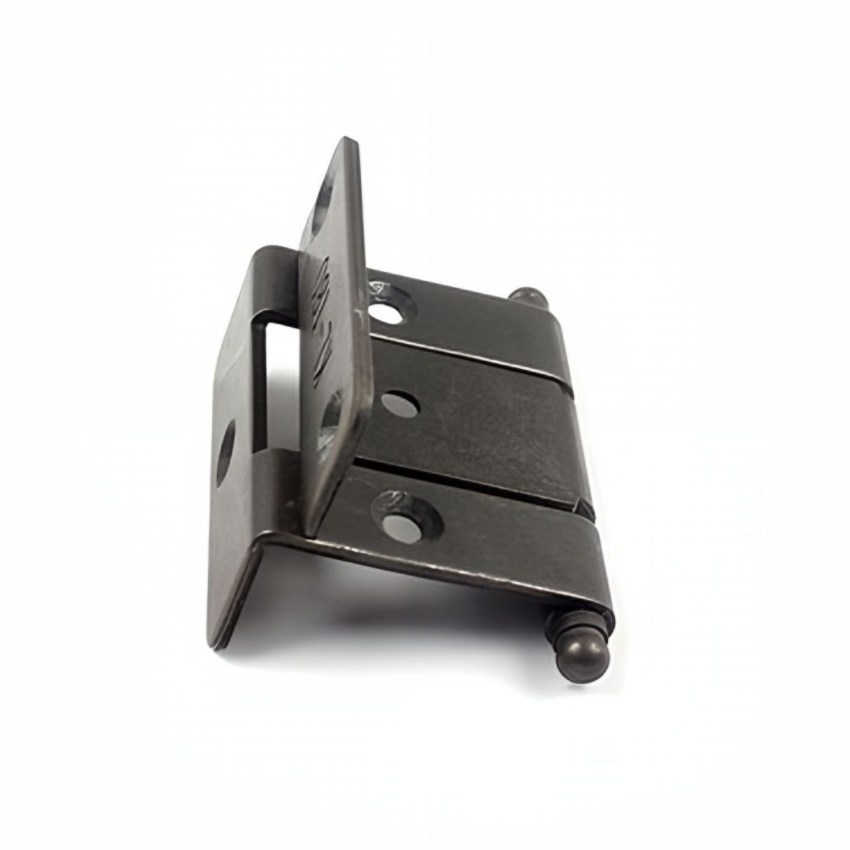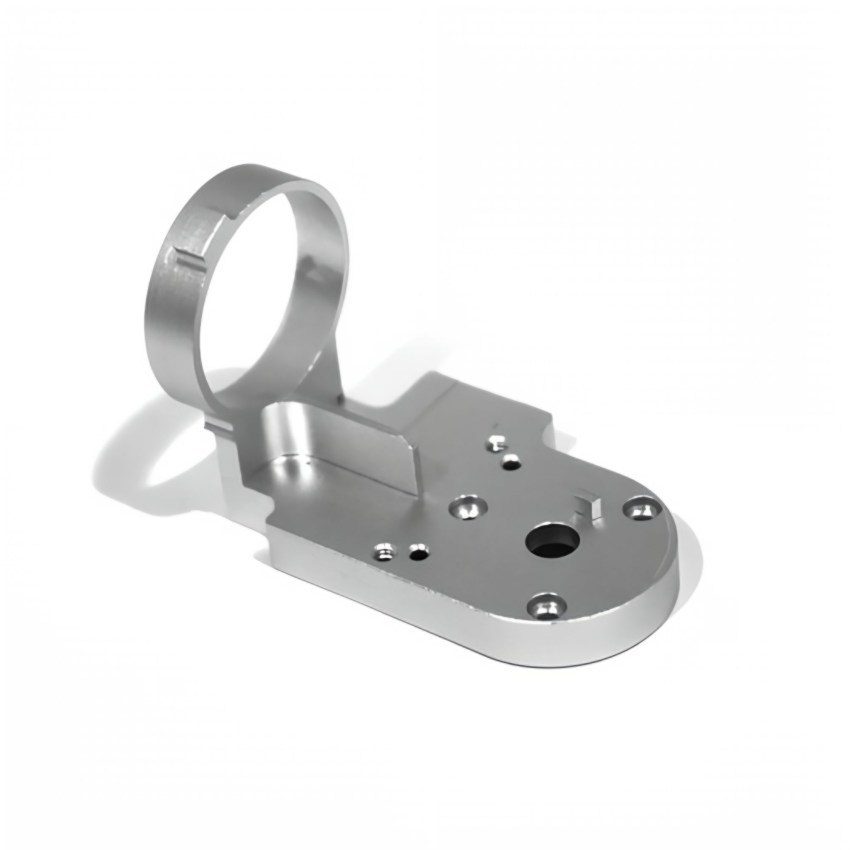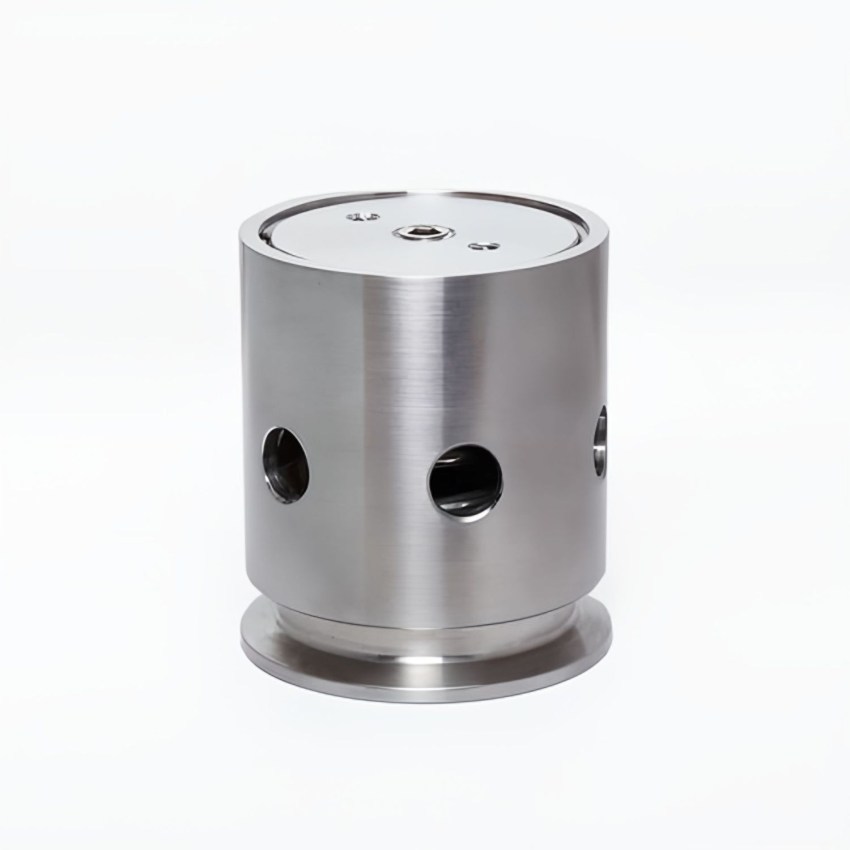Unlocking Precision: How a Sheet Bending Machine Transforms Metal Fabrication
Release time:
2025-07-09
Unlocking Precision: How a Sheet Bending Machine Transforms Metal Fabrication Table of Contents 1. Introduction to Sheet Bending Machines 2. The Mechanics of Sheet Bending 3. Types of Sheet Bending Machines 3.1 Hydraulic Sheet Bending Machines 3.2 Mechanical Sheet Bending Machines 3.3 Electric Sheet Bending Machines 4. Key Features That Enhance Precision 4.1 Advanced Control System

Unlocking Precision: How a Sheet Bending Machine Transforms Metal Fabrication
Table of Contents
1. Introduction to Sheet Bending Machines
2. The Mechanics of Sheet Bending
3. Types of Sheet Bending Machines
3.1 Hydraulic Sheet Bending Machines
3.2 Mechanical Sheet Bending Machines
3.3 Electric Sheet Bending Machines
4. Key Features That Enhance Precision
4.1 Advanced Control Systems
4.2 Tooling Options
4.3 Material Compatibility
5. Applications of Sheet Bending Machines in Metal Fabrication
6. Benefits of Using Sheet Bending Machines
6.1 Improved Efficiency
6.2 Enhanced Precision
6.3 Versatile Design Capabilities
7. Maintenance Tips for Optimal Performance
8. FAQs About Sheet Bending Machines
9. Conclusion
1. Introduction to Sheet Bending Machines
In the world of metal fabrication, precision is paramount. **Sheet bending machines** serve as critical tools that enable manufacturers to shape metal sheets accurately and efficiently. These machines have evolved significantly over the years, integrating advanced technologies that allow for intricate designs and high-quality finishes.
The process of bending metal sheets not only requires robust machinery but also a deep understanding of materials and engineering principles. This article delves into how sheet bending machines unlock precision in metal fabrication, their types, features, applications, and much more.
2. The Mechanics of Sheet Bending
Understanding the mechanics behind sheet bending is essential for harnessing the full potential of these machines. The core principle involves applying force to a metal sheet at a specific angle, causing it to deform and take on a new shape. This process can be broken down into several phases:
1. **Clamping**: The metal sheet is securely clamped in place to prevent any movement during the bending process.
2. **Bending**: A tool, often referred to as a punch, presses down on the sheet, creating the desired angle.
3. **Releasing**: Once the bending is complete, the tool retracts, and the sheet takes on its new form.
Modern sheet bending machines utilize hydraulic, mechanical, or electric systems to achieve the necessary force and precision needed for various applications.
3. Types of Sheet Bending Machines
There are several types of sheet bending machines, each suited for different applications and requirements. Understanding these types can help manufacturers select the right machine for their needs.
3.1 Hydraulic Sheet Bending Machines
Hydraulic machines are known for their **power and versatility**. They use hydraulic fluid to transmit force, allowing for precise bending of thick metal sheets. These machines are ideal for heavy-duty applications, where high force is required.
3.2 Mechanical Sheet Bending Machines
Mechanical bending machines utilize **mechanical linkages** to convert rotational motion into linear motion, resulting in bending action. These machines are often faster than hydraulic machines, making them suitable for mass production of lighter materials.
3.3 Electric Sheet Bending Machines
Electric bending machines are emerging as a popular choice due to their energy efficiency and reduced operational costs. They are known for their precise control and are especially effective in applications requiring repetitive and consistent results.
4. Key Features That Enhance Precision
To achieve optimal results, it's essential to consider the features that enhance the precision of sheet bending machines.
4.1 Advanced Control Systems
Many modern machines are equipped with **CNC (Computer Numerical Control)** systems, allowing for automation and precise programming of bending operations. This technology minimizes human error and ensures consistent results across batches.
4.2 Tooling Options
The type of tooling used can significantly affect the bending process. **Customizable tooling options** allow manufacturers to achieve specific angles and shapes accurately. Selecting the right tool for the material and thickness is crucial for maximizing precision.
4.3 Material Compatibility
Different materials behave differently under stress. Understanding the compatibility of materials with the bending machine ensures that the final product meets quality standards without compromising structural integrity.
5. Applications of Sheet Bending Machines in Metal Fabrication
Sheet bending machines find applications across various industries, showcasing their versatility. Some notable applications include:
- **Automotive Manufacturing**: Used for creating frames, body panels, and brackets.
- **Aerospace**: Critical for producing components that require high precision and reliability.
- **Construction**: While forming structural components like beams, brackets, and supports.
- **Home Appliances**: Used in producing metal casings and frames.
The diversity of applications highlights the importance of sheet bending machines in modern manufacturing environments.
6. Benefits of Using Sheet Bending Machines
Investing in sheet bending machines comes with a myriad of benefits that enhance the overall manufacturing process.
6.1 Improved Efficiency
Automated bending processes significantly reduce production time. With the ability to produce consistent results, manufacturers can meet tight deadlines and improve overall productivity.
6.2 Enhanced Precision
Advanced technology ensures that bends are made with high accuracy, leading to fewer errors and reduced waste material. This precision is vital in industries where quality is non-negotiable.
6.3 Versatile Design Capabilities
Sheet bending machines can create complex shapes and designs that would be impossible to achieve with manual methods. This versatility allows for innovative product designs, enhancing competitiveness in the market.
7. Maintenance Tips for Optimal Performance
Maintaining sheet bending machines is essential for ensuring longevity and consistent performance. Here are some tips for optimal maintenance:
- **Regular Cleaning**: Keep the machine free from dust and debris to prevent operational issues.
- **Lubrication**: Regularly lubricate moving parts to reduce friction and wear.
- **Calibration**: Periodically calibrate the machine to ensure precision in bending angles and dimensions.
By adhering to these maintenance practices, manufacturers can prolong the lifespan of their machines and maintain high standards of production.
8. FAQs About Sheet Bending Machines
**Q1: What materials can be bent using a sheet bending machine?**
A: Sheet bending machines can effectively bend a variety of materials, including steel, aluminum, copper, and brass, depending on the machine's specifications.
**Q2: How does a CNC sheet bending machine work?**
A: CNC sheet bending machines utilize computer programming to control the bending process, ensuring high precision and repeatability across multiple bends.
**Q3: What is the maximum thickness that can be bent?**
A: The maximum thickness depends on the specific machine and its capabilities. Most industrial machines can handle sheets ranging from 1mm to 25mm thick.
**Q4: Are sheet bending machines suitable for small-scale production?**
A: Yes, there are smaller, less powerful machines designed for small-scale production, offering flexibility for businesses with varying production needs.
**Q5: How do I choose the right sheet bending machine for my needs?**
A: Consider factors such as the material type, thickness, production volume, and required precision when selecting a machine.
9. Conclusion
Sheet bending machines play an indispensable role in the evolution of **metal fabrication**, offering unparalleled precision, efficiency, and versatility. Understanding the mechanics, types, and applications of these machines empowers manufacturers to harness their full potential. By investing in advanced technology and adhering to maintenance best practices, businesses can unlock significant advantages in their production processes. As the industry continues to evolve, the importance of these machines will only grow, paving the way for innovative designs and high-quality products in the manufacturing landscape.
Key words:





